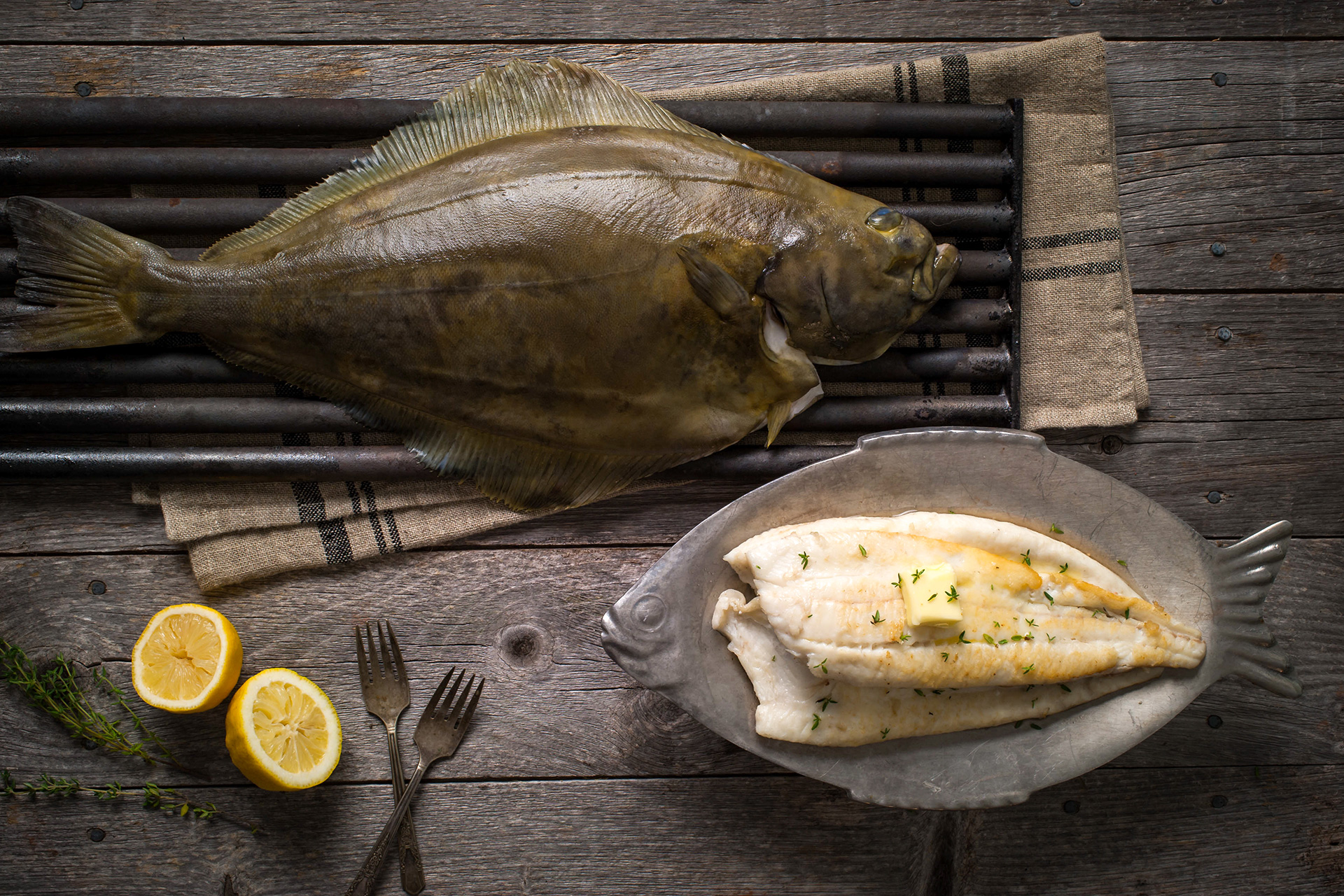Halibut, a large flatfish, is prized for its firm, white flesh and mild, sweet flavor. It’s a versatile fish that can be prepared in many ways, making it a favorite among seafood enthusiasts.
A Brief History of Halibut
Halibut has been a popular food fish for centuries. It’s particularly abundant in the North Atlantic and Pacific Oceans.
Culinary Uses of Halibut
Halibut’s mild flavor makes it a versatile fish that can be prepared in many ways. Here are some popular methods:
- Baking: Halibut fillets can be baked in the oven with a variety of seasonings, such as lemon, herbs, and spices.
- Broiling: Broiling halibut fillets gives them a crispy exterior and a moist interior.
- Pan-frying: Pan-frying halibut in butter or oil results in a golden-brown crust and a tender interior.
- Poaching: Poaching halibut in a light broth or court bouillon preserves its delicate flavor.
Nutritional Benefits of Halibut
Halibut is a lean, white fish that is low in calories and high in protein. It is also a good source of essential vitamins and minerals, including vitamin B12, selenium, and phosphorus. Additionally, halibut is a good source of omega-3 fatty acids, which are beneficial for heart health.
Sustainable Halibut Consumption
To ensure the sustainability of halibut populations, it’s important to choose sustainably sourced halibut. Look for certifications like the Marine Stewardship Council (MSC) when purchasing halibut products. By choosing sustainable seafood, you can help protect marine ecosystems and ensure the availability of this delicious fish for future generations.
In conclusion, halibut is a delicious and nutritious fish that can be prepared in many ways. By choosing sustainably sourced halibut, you can enjoy this flavorful fish while supporting sustainable fishing practices.
Would you like to know more about a specific aspect of halibut, such as its culinary uses, nutritional value, or conservation efforts?
